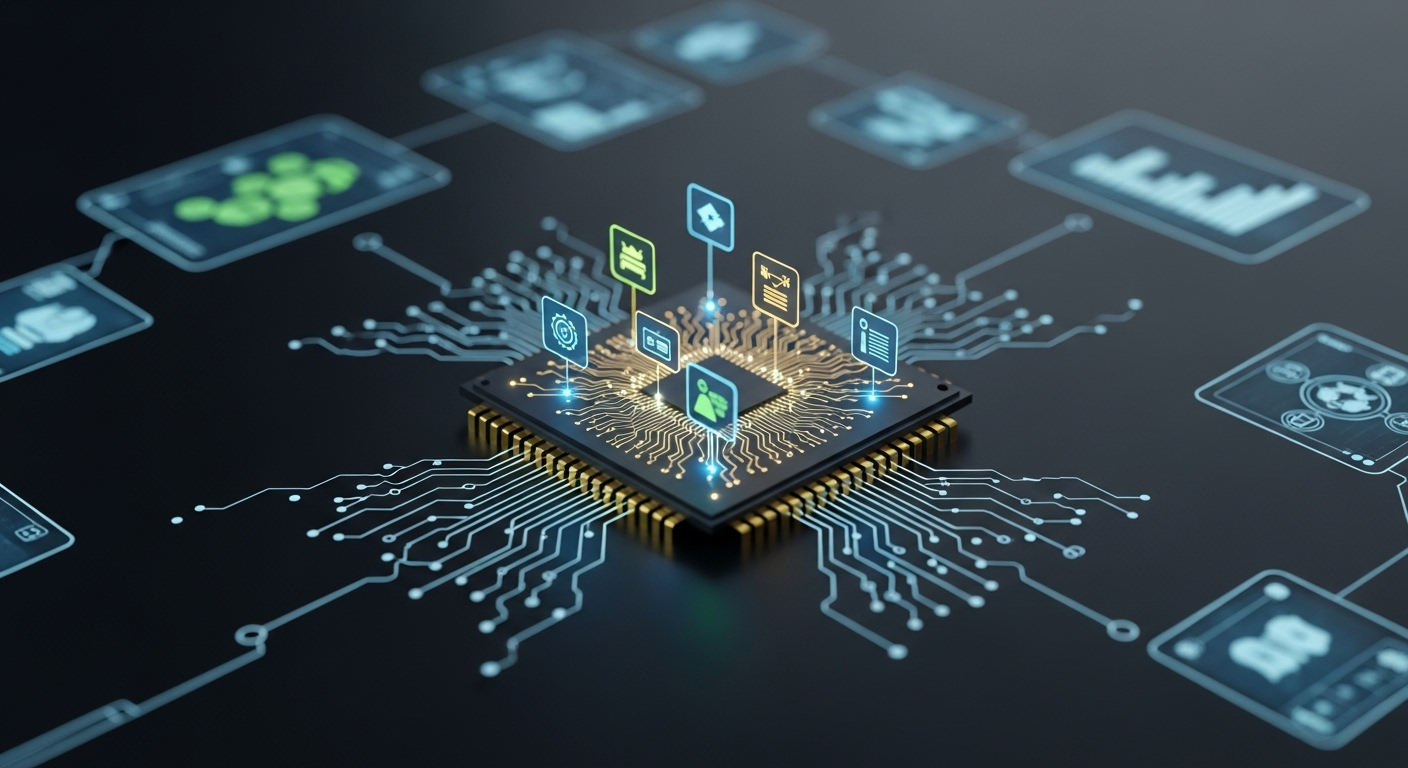Biomanufacturing: Revolutionizing Production with Living Cells
The fusion of biology and industrial manufacturing is ushering in a new era of production capabilities. Biomanufacturing, the use of living cells to create products, is transforming industries from pharmaceuticals to materials science. This innovative approach promises sustainable solutions, novel products, and enhanced efficiency across diverse sectors.

The Foundations of Biomanufacturing
Biomanufacturing is rooted in the principles of biotechnology, which dates back to ancient practices like fermentation. However, modern biomanufacturing has evolved significantly, incorporating advanced genetic engineering techniques and sophisticated bioprocess controls. This field leverages the natural abilities of microorganisms, plants, and animal cells to produce complex molecules and materials that are difficult or impossible to synthesize through traditional chemical processes.
The core of biomanufacturing lies in selecting and optimizing appropriate biological systems. This involves choosing the right organism—be it bacteria, yeast, or mammalian cells—and engineering it to produce the desired product efficiently. Scientists can now precisely edit genes, introducing new capabilities or enhancing existing ones, to create cellular factories tailored for specific applications.
Applications Across Industries
Biomanufacturing’s versatility has led to its adoption across various sectors. In the pharmaceutical industry, it has revolutionized the production of biologics—complex drugs like monoclonal antibodies and vaccines. These therapies, crucial in treating diseases from cancer to autoimmune disorders, rely on living cells for their production.
Beyond pharmaceuticals, biomanufacturing is making waves in materials science. Companies are using engineered microorganisms to produce biodegradable plastics, reducing reliance on petroleum-based products. In the textile industry, biofabricated materials like lab-grown leather offer sustainable alternatives to traditional animal-derived products.
The food industry is also embracing biomanufacturing. Precision fermentation techniques are being used to create animal-free dairy proteins and meat alternatives, addressing sustainability concerns in food production. These innovations promise to reduce the environmental impact of agriculture while meeting growing global food demands.
Advantages and Challenges
Biomanufacturing offers several advantages over traditional manufacturing methods. It often requires less energy and produces fewer harmful byproducts, aligning with sustainability goals. The precision of biological systems can yield products with higher purity and consistency, crucial in industries like pharmaceuticals.
Moreover, biomanufacturing can produce complex molecules that are challenging or impossible to synthesize chemically. This opens up new possibilities for product innovation across industries. The scalability of biomanufacturing processes also allows for flexible production, adapting to market demands more readily than traditional manufacturing methods.
However, challenges remain. Biomanufacturing processes can be sensitive to environmental conditions, requiring careful control and monitoring. Scaling up production from laboratory to industrial levels often presents technical hurdles. Additionally, regulatory frameworks are still evolving to keep pace with these new technologies, particularly in emerging application areas.
Economic and Market Impact
The economic potential of biomanufacturing is substantial. Market analysts predict significant growth in the coming years, driven by increasing demand for biologics, sustainable materials, and novel food products. This growth is attracting investment from both established companies and startups, fueling innovation and competition in the field.
Biomanufacturing is also reshaping supply chains and market dynamics. The ability to produce complex molecules locally could reduce dependence on global supply networks, enhancing resilience and potentially reshoring some manufacturing capabilities. This shift could have profound implications for industrial strategies and economic policies worldwide.
Future Trends and Innovations
The future of biomanufacturing looks promising, with several emerging trends poised to drive further innovation. Synthetic biology, which involves designing and constructing new biological parts, devices, and systems, is expanding the capabilities of biomanufacturing. This could lead to the creation of entirely new classes of materials and products.
Advancements in automation and artificial intelligence are enhancing the efficiency and scalability of biomanufacturing processes. Machine learning algorithms can optimize production conditions in real-time, improving yields and consistency. The integration of continuous manufacturing principles in bioproduction is also gaining traction, offering potential for increased productivity and reduced costs.
Key Strategies for Biomanufacturing Success
• Invest in robust R&D programs to stay at the forefront of biotechnology advancements
• Develop strategic partnerships with academic institutions and biotech startups to access cutting-edge research
• Implement rigorous quality control measures to ensure product consistency and regulatory compliance
• Prioritize sustainability in process design to align with growing environmental concerns
• Foster a multidisciplinary workforce, blending expertise in biology, engineering, and data science
• Stay informed about evolving regulatory landscapes to navigate approval processes effectively
• Explore applications beyond traditional sectors to identify new market opportunities
As biomanufacturing continues to evolve, it promises to redefine industrial production paradigms. By harnessing the power of living systems, this innovative approach offers solutions to some of our most pressing challenges—from healthcare to environmental sustainability. As industries adapt to this biological revolution, the potential for transformative products and processes seems boundless, heralding a new era of manufacturing innovation.





